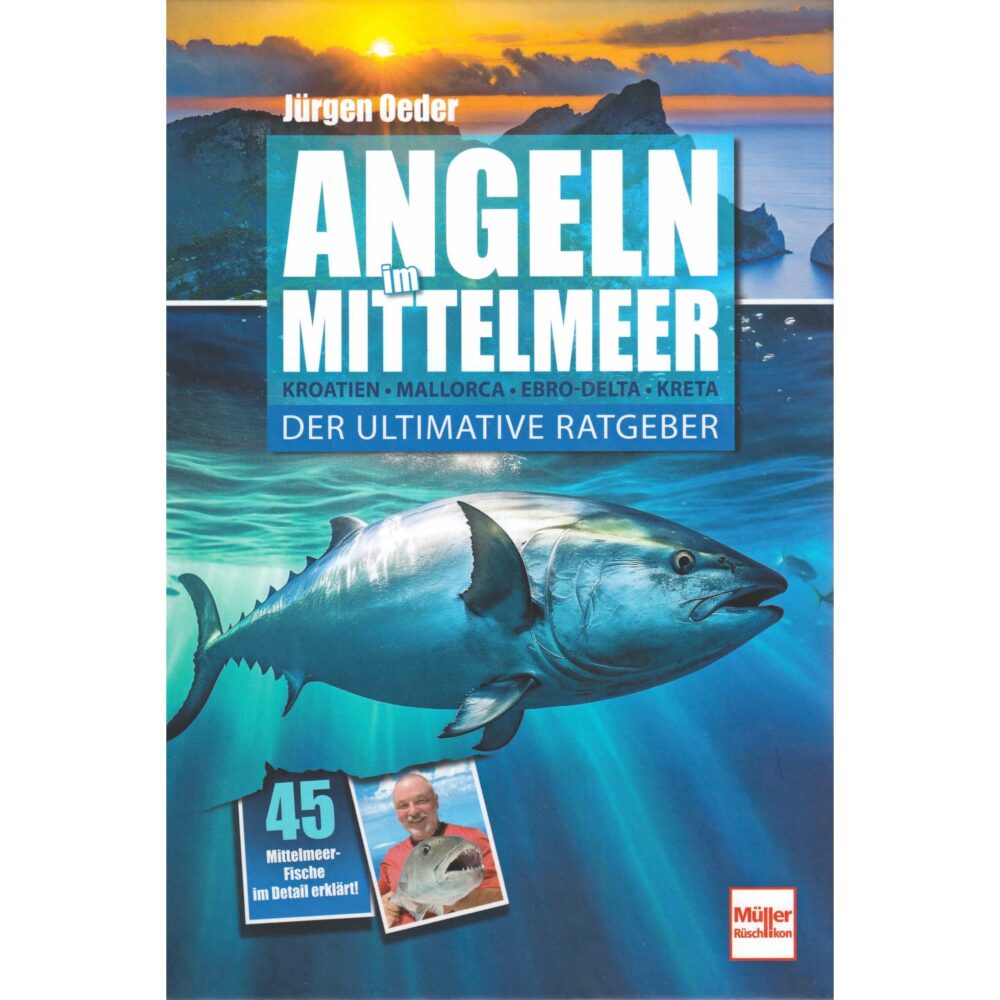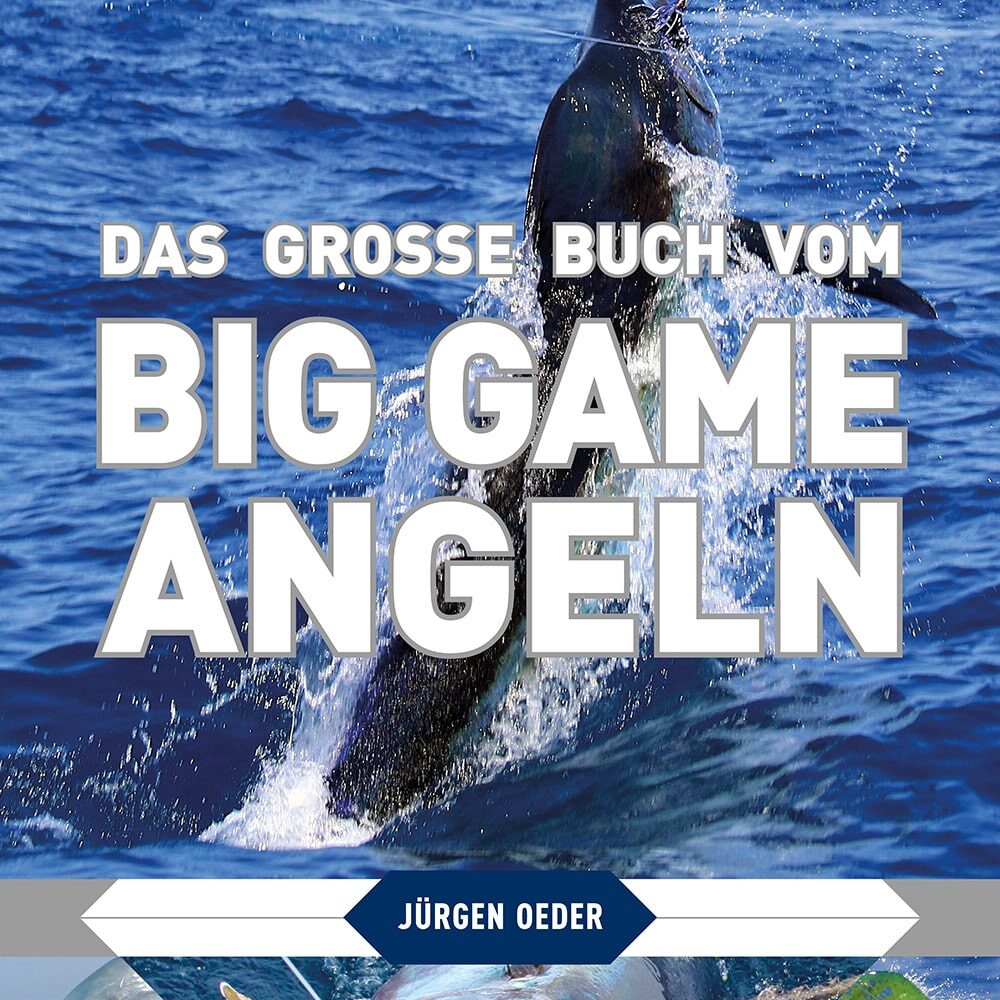Dein Warenkorb ist gerade leer!
Namibian Files – Skeleton coast Surfcasting on coppershark
[:en]
Every year I go to the Skeleton coast to catch coppersharks from the beach with Henry. (It’s a must I can’t help it.) Up to now I was able to catch 62 copper sharks and one sandtiger shark. The best season I had, was in November 2008, when a friend and me were able to get 4.43 tons of fish to the beach and back. The true challenge starts when you insist in trying to bring them back yourself. Every year I go to the Skeleton coast to catch coppersharks from the beach with Henry. (It’s a must I can’t help it.) Up to now I was able to catch 62 copper sharks and one sandtiger shark. The best season I had, was in November 2008, when a friend and me were able to get 4.43 tons of fish to the beach and back. The true challenge starts when you insist in trying to bring them back yourself.
How it works:
8 a.m. sharp on the first day after the arrival, our guide Henry awaits us in front of our guest house with his really big truck and his selfmade stainless steel trailer loaded with the fishing gear. Everbody gets in and we get our fishing liscences in Swakopmund. (It’s part of the charter).
Henry tells us about the situation along the 50 km coastline, suggests a strategy and after the approval of the guests the fishing day starts, that generally consists of two parts. The first part, until noon, is needed to catch bait (small sharks), then you fish for big sharks. Baitfishing is easy and exciting, if you catch nothing you instantly change your place. Sitting around is unthinkable for the Namibian professionals.
After lunch, we are casting heavy tackle for big sharks, every angler gets his own rod. They are installed tightly in a rodholder. Every angler has to look for his tip (or he holds his rod in his hands). After that it is only a matter of time until the first strike. The following fight no angler will ever forget, if it is his first one!
Henry provides the complete tackle, he prepares all the rigs himself and casts the rods (all of them are made out of one piece and fished with baitcasters). He gives informations, answers questions, shows knots and rigs and is a great buddy who speaks Englisch, Africaans and German. You don’t need to bring your own fishing gear – that makes travelling easier.
Henry also owns two boats (up to 6 Angler in each boat), which are used for inshorefishing for the most wanted Namibian fish, the kabeljou (the southern meagre). From October to November there are big schools of snoeks (up to 1m long, similar to the barracuda) on the coast of Namibia. Henry organizes jigging trips for those fish on demand. Unfortunately sometimes you have to share your catch with big badass seals, who don’t mind to follow your catch up into your boat! Then a tug of war starts in the boat, which up till now Henry never lost. (It is very impressive to watch.)
Good camera and video equipment is priceless when you are at the Skeleton coast, because nobody believes your stories if you do not have legitimate proof.
Target:
Numerous species, especially sharks. First and foremost fishing for copper sharks is very demanding and holds up to the criteria of Big Game concerning the strenght and size of the fish. The best time to catch a “bronzy” is October till March. In December the beaches are crowded with locals. All big sharks are released and sometimes tagged.
The most important species:
Copper Shark, Bronze Whaler (Carcharhinus brachyurus): up to 3 m
Broadnose Sevengill Shark (Notorynchus cepedianus): up to 2.5 m
Spotted Gully Shark (Triakis megalopterus): up to 1.9 m
Sandtiger Shark (Carcharias tausrus): up to 3.2 m
Tope (Galeorhinus galeus), up to 2 m
Cape Elephantfish (Callorhinchus capensis) up to 1.2 m
Eagle Ray (Myliobatus aquila), up to 30 kg
Blue-pointed Eagle Ray, up to 30 kg
Lesser Guitarfish, (Rhinobatus annulatus) up to 1.2 m
Southern Meagre, Kablejou: 150 cm, up to 25 kg
also catshark, several kind of breams and catfish
Trip and bookings:
The destination airport in Namibia is Walfisbay. Your guide Henry or one of his employees awaits you there to greet the guests and get them in their guest houses. There are two possible ways to get to Walfisbay:
Air Namibia: Frankfurt- Windhoek-Walfisbay (about 1000.- Euro)
South African/Lufthansa: Frankfurt-Johannesburg-Walfisbay (about 2000 Euro)
The planning is very easy: The anglers need to have their travel and flight schedule worked out, as well as their accomodations. Then you have to talk to the guide if he is available for the time of the trip. Then and only then you buy the tickets and lesser questions are being answered. – And soon after you are kneedeep in the surf of the Atlantic Ocean – Fishing.
Details on the trip:
Henrys daily fare is 350 Euro (depending on the exchange rate). You pay in the local currency (Namibian dollar or South African Rand). The payment is split up between the number of Angler in the group. Included in the price are all drinks, lunch, transportation, fishing licenses, organisation and booking of the accomodations (not the accomodation itself) and also a shuttle from and to the airport Walfisbay. You do not need a visa, I strongly recommend to exchange the money in Namibia. All banks in Swakopmund have an exchange counter.
Warm clothing is needed. It is chilly at the coast (13-19 degrees celcius) and the wind blows always from the cold ocean.
When you travel with larger groups Henry guarantees professional guidance with guides, who he has under contract, that nobody has a disadvantage. The guides are always connected with phones. If a spot works well the others get the information and join together. The Namibian Angler do not know the competion like we do.
Got any questions?
Mail: beate-dargel@t-online.de

